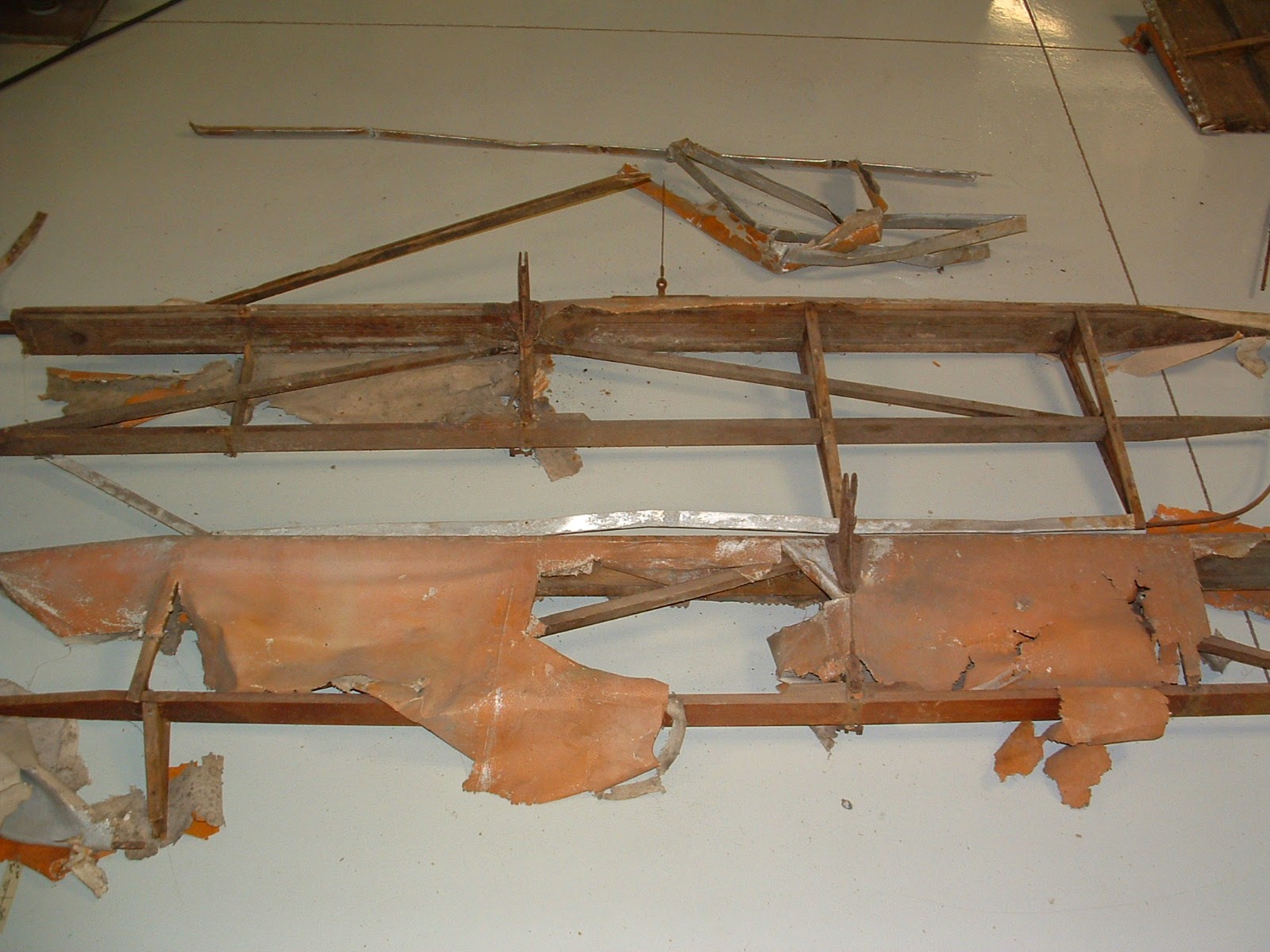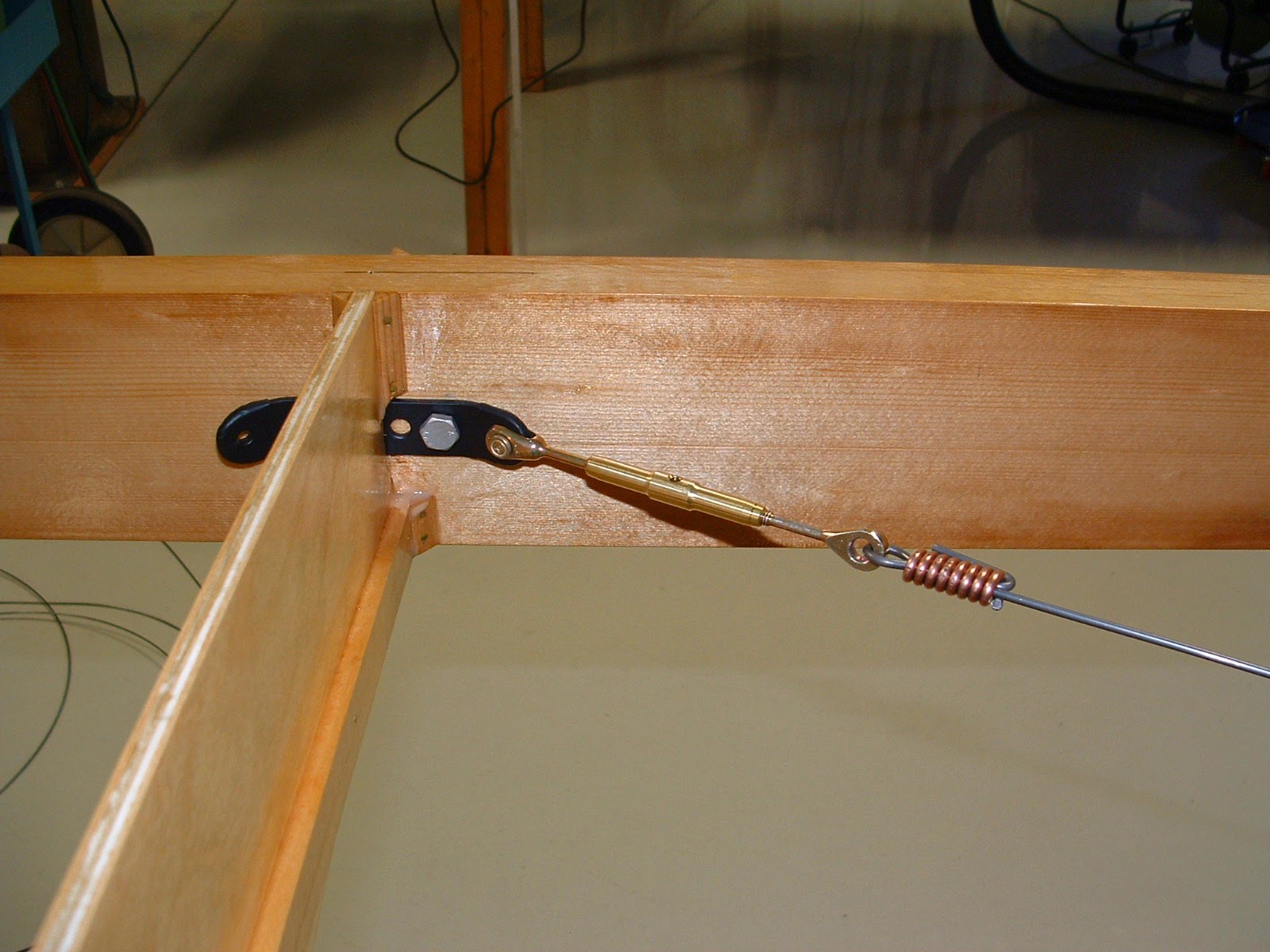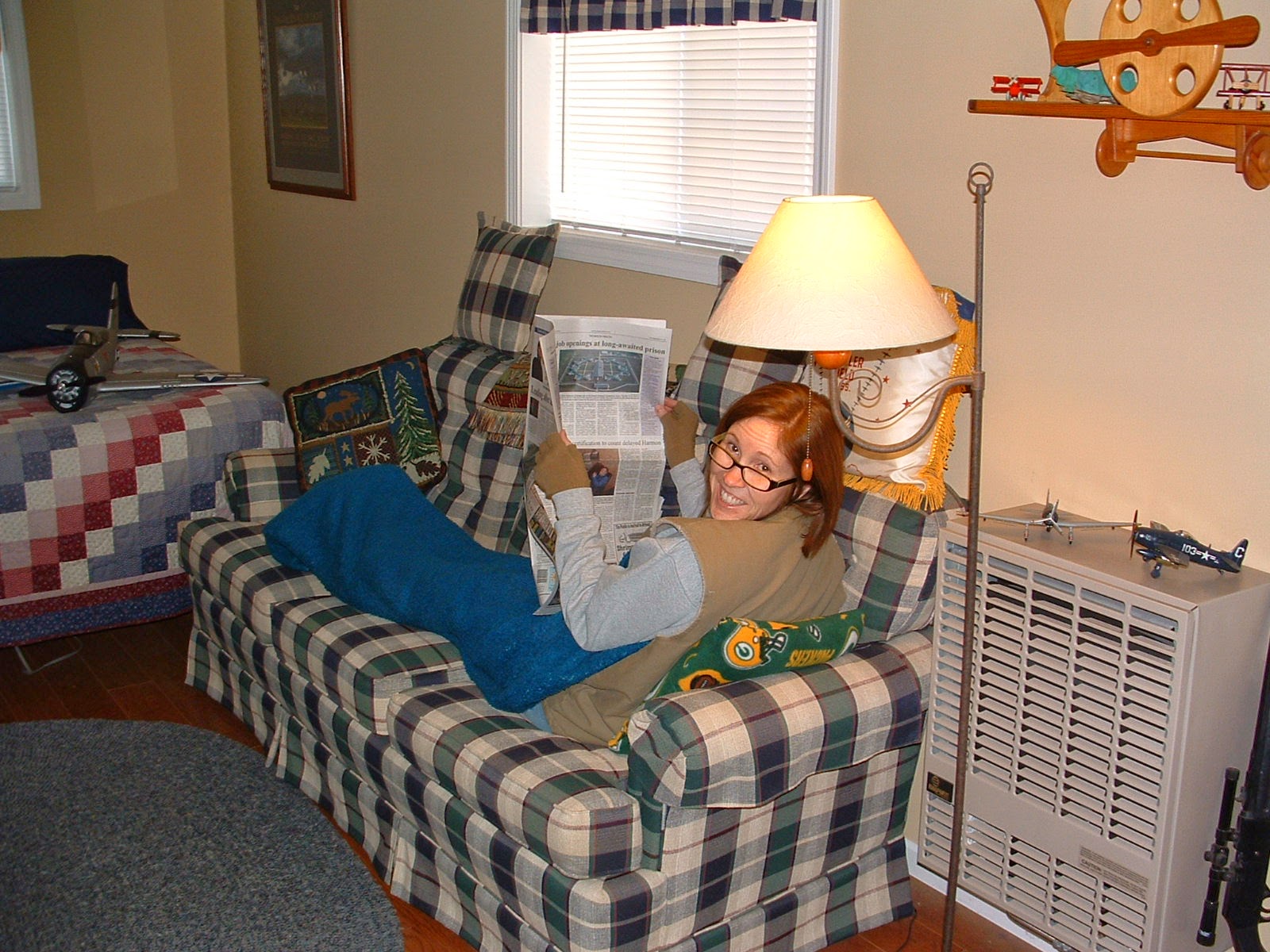 |
| Dyke's Aircraft Engine instructor |
I mentioned in one of my previous posts that I was working on the Zenith carburetor installed on the OX-5. I finally completed the overhaul, and thought a more detailed post may be in order as information on this carburetor is a little difficult to find. Old car and airplane people will be familiar with Dyke's Automobile and Gasoline Engine Encyclopedia and Dyke's Aircraft Engine Instructor. Both are great resources for these carburetors as well as other antique engines and accessories. I have the 1928 edition of the Aircraft Engine Instructor and find it very valuable and helpful.
Zenith History
The history of the Zenith carb is interesting. It was invented by a French scientist, M. Baverey in 1906 and eventually were manufactured by the Zenith Carburetor Co. of Detroit, MI. The company still exists today, but is now in Bristol, VA and make carbs for numerous manufacturers. Baverey's claim to fame was that he overcame a problem with a simple jet in a carb - the ratio of airflow to fuel thru a carb is not linear, i.e. the faster the airflow, the richer the mixture gets. This would obviously cause problems as the engine's RPM increases. Baverey came up with a compensating jet which causes the mixture to become leaner as the RPM or airflow through the carb increases. He then combined the standard jet with the compensating jet into a compound nozzle. When properly sized to the engine, the combined effect of the increased flow of the main jet and decreased flow of the compensating jet produces a proper air/fuel mixture over all RPM.
 |
The compound nozzles are the 2 brass tubes in the
upper right hand corner of the picture |
OX-5 Installation
The O6DS was designed for 8 and 12 cylinder engines - both automobile and aircraft. It is a 2-barrel carb that is actually 2 single carb's combined together with one float chamber. Because there are very few adjustments to the carb, each one has to be properly "sized" to the engine it will be operated on. This sizing refers to the jets, venturi, etc. The Curtiss OX-5 installation requires:
- 22 mm venturi (old manuals call these chokes)
- 120 main jet
- 100 compensating jet
- 70 idling tube
It's interesting to note the sizing here. As I mentioned, the carburetor was invented in France, so all the specs are metric units. The jets are in 1/100's of a mm and even some of the internal components have metric threads. (I was told in grade school in the 1960's that in a few years the entire U.S. would switch to the metric system - what happened!!)
The only adjustment once properly set up are the 2 slow speed (idling) screws. These control the amount of air and ultimately the amount of suction in the idling tube causing more or less flow of fuel in the carb during low RPM settings.
 |
| Slow speed screws |
Overhaul
The overhaul is pretty easy. The carb is about as basic and one can get. There aren't even any gaskets inside! The only part that can be a little tricky is the float setting which I'll talk about below. I posted some photos previously of the initial condition of the carb - here's more.
It goes without question, the first thing to do is clean everything. I'm a big fan of blasting things like this with walnut shells in my blast cabinet. Cleans good without damaging the castings. You just have to be careful to remove all residue.
I then made sure all the components, jets, etc. were correct for the OX-5. They were as expected, as this is the original carb that came off the OX-5 from the LP-3. It's then a matter of reassembly and setting the float level.
 |
| Bowl cover, float, seat and needle valve down center |
Setting the float level can be a little tricky. The level is set by measuring the height of the fuel in the float bowl, not the level of the float. The specific height for this carb on the OX-5 is 1 9/64" from the top of the bowl casting. The problem is, and you'll see in this picture, is the needle valve is attached to the float bowl cover. So, you cannot remove the cover without draining fuel from the bowl. I had to come up with an adapter to leave the needle valve and float bowl cover in place, and still be able to measure the level.
 |
The top of the blue line is 1 9/64" (the correct level)
from the top of the bowl casting. |
Here is what I came up with: an adapter that attaches to the bottom of the seat, which is the fuel inlet, and a second one that is used to measure the level. This second adapter is threaded into one of the compensating jet plugs and has a clear tube that runs up along side the bowl. The level of fuel in this tube is the same as the level of fuel in the bowl.
 I then made an apparatus to create a head of fuel pressure and flow fuel into the carb to ultimately see where the level is in the bowl.
I then made an apparatus to create a head of fuel pressure and flow fuel into the carb to ultimately see where the level is in the bowl.
The float level is changed easily, but not in a very conventional manner. A brass collar that is soldered on the needle valve is moved to change the level. Moving the collar towards the pointed end of the needle valve raises the level. Away from the pointed end lowers the level. It's important the level is correct. Too high, and fuel will continually leak through the compound nozzles and run rich. Too low, and the proper amount of fuel will not flow out the nozzles and the mixture will be lean.
 |
| Collar on needle valve |
It took 3 tries to get the level right and I also drained and refilled the bowl several times to make sure it was repeatable. Everything came out good!
It was then time to fully assemble and button everything up. I installed new hardware, and in the end, she looks new! The corks in the picture below plug up an altitude valve which came this way from the factory. The altitude valve acts like a mixture control to lean the mixture at higher altitudes. When open, a vacuum is applied to the float bowl and restricts the fuel flowing through the jets. This will lean the mixture. Aircraft not equipped with a mixture control, which the LP-3 does not have, will have these plugged. Plus, according to Dyke's Aircraft Engine Instructor, the valve is not even used until high altitudes, above 10,000 feet are reached! This totally goes against my normal mode of flying - low and slow!
 |
|


Probably way more than anyone would be interested in knowing about a carburetor. I find them fun to work on though. Just another comment, I'm not an expert or guru on these. Most all of the info here is from one of Dyke's books. I just spewed it out in a way that made sense to me, and hopefully will to anyone reading this.



































